All Activity
- Today
-
Top strut castings are sitting in a cabinet up here in the ozarks
-
Jim, Listen to the motor with a malfunctioning centrifugal switch on the beginning of the YouTube video. The motor on the YouTube video has a pulley and he gave it a spin and off it went. Kind of sounds like your motor on your video. It could be something to do with your centrifugal switch not engaging the start windings.
-
Well an AFCA member did get the fan sort of.... A box came today, addressed to my wife. Long story short, I placed my max bid and walked away, didn't trust myself to not get caught up in the action. I had told her about the fan and shown her pictures of other members fans on the forum etc. She knew I wanted it and that it was a highly sought after fan. While I was out in the previously mentioned garage, she was bidding on the fan. She said that if the price bothered me I could sell it or I could thin out the herd a little and sell some duplicate fans and some of those awaiting restoration. After thinking about it for about it for 0.001 seconds. I am now trying to make a list I can take to Harrison in a few weeks. Got a couple of BMY's, brass bells, couple of Emersons etc. Need to check them over quickly and get them priced and on the BST. The Lollipop does need cage repair ( I knew that prior to bidding) the square back ring is broken and missing a section , also needs a top strut and 2 cage clips. It did not arrive completely unscathed, but believe I can fix. Minor blade wrinkle and the bottom lollipop pin that hits the spring arm and flips mechanism back the other way broke off (piece was in the box). It sure looks like it was part of the casting. Not sure if that can be silver solder/brazed or needs drilled out, new pin made and inserted then silver soldered. Testing at the brush terminals showed the stator appears to be good, switch is intact and will probably get a Kanthal rewind like the one David Kilnapp documented. The Lollipop itself survived and is standing proud. Even with the shipping bruises, cage repair and needing a a couple of pieces, I am beyond thrilled. I know a lady that is getting flowers, and a very nice evening out in the near future. I am a lucky man in more ways than one.
-
Wow, wow, wow, now that is super fine!
-
A great fan from a great friend Signal 550 A
Russ Huber replied to Michael Bouthiller's topic in Pre-1950 (Antique)
Henry Tideman was head of the engineering department for Signals manufactured/marketed 1928-34. Henry died in June of 1935. The 1935 Signal offerings MAY have been the turning point for Signal fan motor components under a new engineer. If anyone out there has, or down the road finds the 1935 Signal fan motor catalogue, please share its contents. It is a pivotable point of Signal fan motor manufacture with Henry Tideman out of the picture. Thanks! -
A great fan from a great friend Signal 550 A
Russ Huber replied to Michael Bouthiller's topic in Pre-1950 (Antique)
Phenolic gears are actually fairly hardy. The advantage with them is far less gearbox noise as compared to metal gear mesh when it becomes worn. Back then there were fix it shops that stocked the phenolic gears. You just press the old one off and press the new one on. -
A great fan from a great friend Signal 550 A
Russ Huber replied to Michael Bouthiller's topic in Pre-1950 (Antique)
Model No. 255. 1936 catalogue. The stationary model is No. 215. - Yesterday
-
Yeah, it's mostly post-WWII around here as well, though the more common fans of the '20s make regular appearances as well. The only thing is, most sellers can't tell the difference between a 1920 AOU and an 1899 pancake. They just see brass and the GE logo and that cash register bell starts ringing in their head. A lot of the AOUs and AUUs that hit the market in this area are priced at pancake prices!
-
 Steve Cunningham changed their profile photo
Steve Cunningham changed their profile photo -
 Bill Fanum changed their profile photo
Bill Fanum changed their profile photo -
 Stan Adams changed their profile photo
Stan Adams changed their profile photo -
 George Durbin changed their profile photo
George Durbin changed their profile photo -
 Dawn Sherwood changed their profile photo
Dawn Sherwood changed their profile photo -
 Chris Nicholson changed their profile photo
Chris Nicholson changed their profile photo -
 Christopher Harding changed their profile photo
Christopher Harding changed their profile photo -
 Cheryl Languemi changed their profile photo
Cheryl Languemi changed their profile photo -
Victron gearbox disassembly ideas?
Duane Burright replied to Evan Atkinson's topic in Post-1950 (Vintage)
I have the table version, it's the same way. I just cleaned the gearbox as best that I could and put in plenty of fresh grease. -
A great fan from a great friend Signal 550 A
Michael Rathberger replied to Michael Bouthiller's topic in Pre-1950 (Antique)
I don't usually buy them but did purchase the 8" oscillator model several years ago. It's a fun fan to watch run. -
A great fan from a great friend Signal 550 A
David Kilnapp replied to Michael Bouthiller's topic in Pre-1950 (Antique)
Here are some Signal fans that I restored for my young friend Jack, one a sixteen inch and the other a twelve inch. As I recall these fans have a gear made of phenol that wears down and then slips quite a bit. These fans are good daily runners and not too expensive to acquire. They run quietly too, which makes them good for bedrooms. -
A great fan from a great friend Signal 550 A
Russ Huber replied to Michael Bouthiller's topic in Pre-1950 (Antique)
My point was I can't read the badge to help give info. 🙂 -
Per a request, I have added more information to the Staff page on the forum to help Members identify who to contact for what issue.
-
Outstanding.
-
Pyro Zypher by US Electrical Mfg. Co of Los Angeles
Russ Huber replied to Evan Atkinson's topic in Pre-1950 (Antique)
Of course, if I would have entered Mahoney's name seeking the incorporation that would have opened a few doors. 🙂 -
Daniel OToole started following Another custom hassock fan
-
Wow,very interesting
-
Pyro Zypher by US Electrical Mfg. Co of Los Angeles
Russ Huber replied to Evan Atkinson's topic in Pre-1950 (Antique)
Wow! Nice find, Steve. I was trying to get that incorporation to cough up a number of times and failed. That little PYRO fan must have been their baby, beyond that the motor field. -
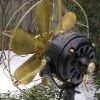
Pyro Zypher by US Electrical Mfg. Co of Los Angeles
Steve Rockwell replied to Evan Atkinson's topic in Pre-1950 (Antique)
- Last week
-
A great fan from a great friend Signal 550 A
Daniel Herczeg replied to Michael Bouthiller's topic in Pre-1950 (Antique)
The fan does have a badge, it's painted on the metal disk in the center. -
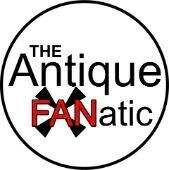
121 Year-Old Ceiling Fan, 1903 Emerson CF-14 #vintageinterior #americana #antique #vintage
Larry Hancock posted a topic in Ceiling Fans
-
Awesome restoration David!! I have the same fan with nickel plated brass blade. My cage is brass along with struts. The nickel is very thin.
-
Pyro Zypher by US Electrical Mfg. Co of Los Angeles
Russ Huber replied to Evan Atkinson's topic in Pre-1950 (Antique)
Evan, There are members here that have helped me complete projects, offer advice, pick up and transport fans, etc. That in my book is a prize worth a come around doing fan motor research. Please keep in mind the Feb. 21, 1905 patent I posted is not set in stone. It makes a lot of sense to me, but it is not gospel. The electrical trade paper trail on your fan SO FAR ends in late 11, but that does not make it gospel. Once again, I see NO other fan motors from this concern that are not HEAT related, so far. Nor do I see anything pertaining to specifying different blade diameter models. -

Thank you to all who made the Lake Houston Meet a Huge Success!
George Durbin replied to Stan Adams's topic in Announcements & News
I had a great time Stan and Jeri Ann With Ray driving it didn't take as long as you might think to get there! -
Pyro Zypher by US Electrical Mfg. Co of Los Angeles
Evan Atkinson replied to Evan Atkinson's topic in Pre-1950 (Antique)
@Steve Rockwell, @Russ Huber You guys both need prizes for research, without a doubt. Thank you for all the light you're shedding on this interesting little fan. Pulling these snippets from random corners of the internet or even physical periodicals can't be easy. Steve, that 1921 Electrical World blurb "Pacific Coast Motor Pioneers Reorganized" confirms my thought precisely: that U.S. Electrical Manufacturing Co. was the first motor manufacturer on the West coast. Hard to describe the feeling of seeing one's intuitive certainty confirmed in vintage print, but there it is. Pretty priceless. Russ, it took me a minute, but now I recognize how the February 21, 1905 Mahoney patent filing for the air-diffuser device is likely what the Pyro Zypher tag refers to. You're probably right on the money with it. See, keep pounding my marble head and eventually it'll sink in 🤪. Only in production 1909-1911? Gracious, that's quite a short production period. It must not have caught on...or been heavily promoted...or perhaps, it wasn't the company's primary focus. Seems they made a name for themselves with some pump drilling patents and bearing journal designs. Believe I read the company existed well into the 1960's before I think Emerson acquired them..? I'll have to go back and look. Examining the fan's rear supporting ring, and S-wires, I do see areas that look darker, vs. areas that appear lighter. I also notice something else: the strut foots were angled and bent on purpose, so the cage would protrude farther away...and the blade is designed to be mounted close to the motor, thereby leaving room closer to the S-wires for the heater element. I didn't understand that when I was cleaning the motor and was attempting to straighten the struts and position the blade more in the middle of the side profile plane of the cage. I'll have to return it to how it's supposed to be. -
GE 16" 06 Cake Rotor Shaft Removal for Fresh Replacement
Russ Huber replied to Russ Huber's topic in Pre-1950 (Antique)
BTW...that pin in the rear collar may not be easy to spot. Mine was hard to spot unless you looked carefully.- 1 reply
-
- 1
-

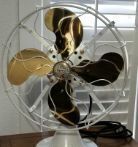
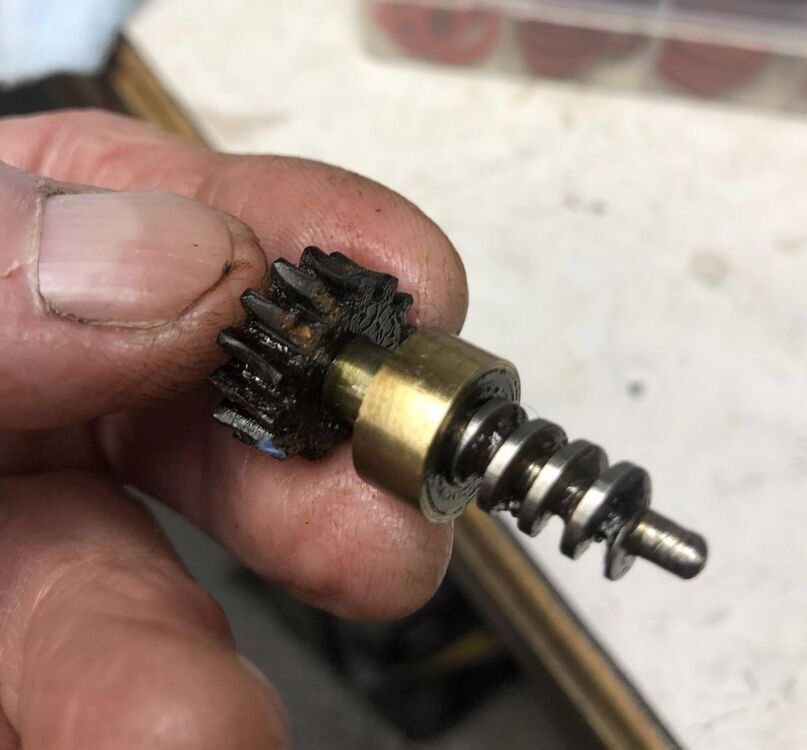




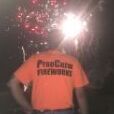

.v1(72).jpg.e9917851c99873555d3b83d051881ad2.jpg)
_v3.jpg.058162d4e924395243c14b20a8dc0055.jpg)

.jpg.a27ade3985c2ec637f65469f5d3ae78f.thumb.jpg.ebbcac90d75a358bea046d9faaaa968b.jpg)





